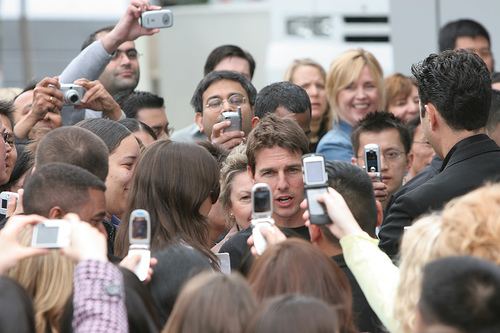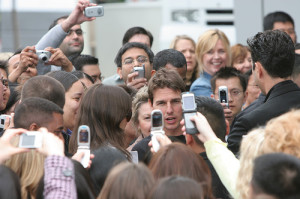Will all software really be free?


While taking a short break on the island of Kauai, I’ve reflected a bit on my experience within the software sector, and reached a dozen conclusions. At risk of stating the obvious to some, and positing absurdities to others, here they are:
- The shrink-wrap desktop software and licensed enterprise server software markets are now mature, consolidating, and in decline.
- Open source platform software will power the overwhelming majority of Web applications.
- As Web 2.0 gains momentum, the most innovative and valuable applications will emerge on the Web rather than the desktop.
- Web applications with broad appeal are destined to be acquired by the major consumer portals, and offered as free services under the ad revenue model.
- As with Web 1.0, most aspiring creators of a new application category see acquisition by a major portal as the best-case business scenario.
- Advances in software development technology enable the above, with small teams or individual developers now able to rapidly develop and deploy substantial software applications with minimal funding.
- New categories of software are primarily works of creative authorship rather than ‘design and construction’.
- The ‘interactive’ results of programming gain audiences of application users, just as ‘narrative’ works of authorship gain readers or viewers.
- Web 1.0 proved that the ad media model can support some categories of Web information services. Web 2.0 hints that more advanced versions of the ad media model will sustain sophisticated software applications as well.
- As Web applications continue to evolve as ‘creative’ works, the major business opportunities involve service infrastructure. Businesses providing this infrastrucutre enable the creative programming teams to efficiently reach audiences and sustain a living from their efforts.
- The major Web portals will be the dominant ‘publishers’ of Web 2.0 applications.
- The distribution of economic rewards for creators will follow the ‘rock star’ pattern, with inordinate levels of compensation accruing to a relatively small number of programmers who attract the largest audiences.
The above trends stray from the original vision of Richard Stallman, founder of the Free Software Movement. Beginning in the late 1970’s, he observed that software code was a work of creative expression, and that intellectual property laws hindered the ability of software authors to advance their art, to the ultimate detriment of society. Stallman thus forcefully argued that software should be free, as in ‘liberty’, so that software authors could learn from each other.
Now, software is free as in ‘beer’, and much like works of creative authorship under the old media, it attracts audiences of value to advertisers. So, while the few may continue to advance free software in the name of liberty, the many will advance free software in the name of marketing.
The above leaves me with a few questions to ponder in the months and years ahead.
1. Will software follow older ‘narrative’ publishing industries in the sense that fee-supported works should be of generally higher quality than ad-supported equivalents?
2. Will new portals, or a new generation of software ‘publishers’, emerge that address the interests and needs of niche audiences? Or will a few existing portals dominant the entire sector for years to come?
3. What categories of software will be best supported by the different business model options?
Well, the sun is starting to emerge from the rain clouds here on the north shore of Kauai. It’s time to return to the beach.
lyndonwong
















